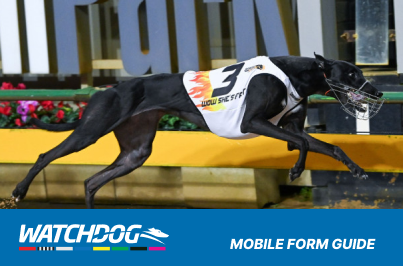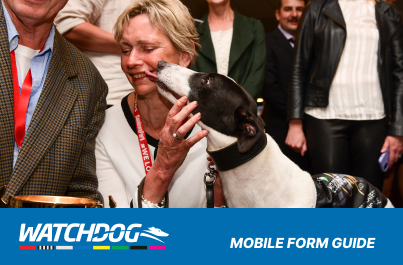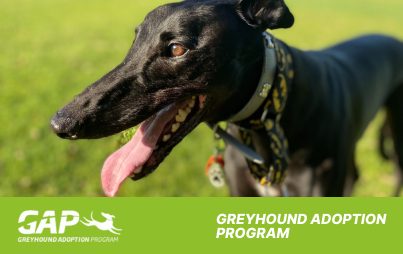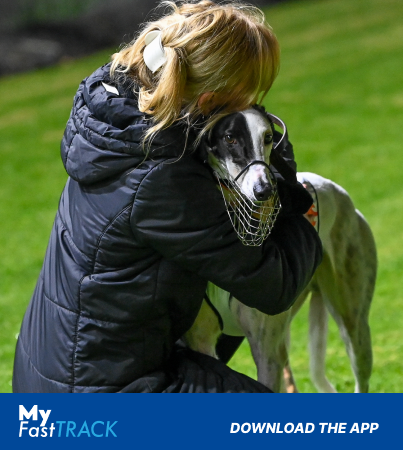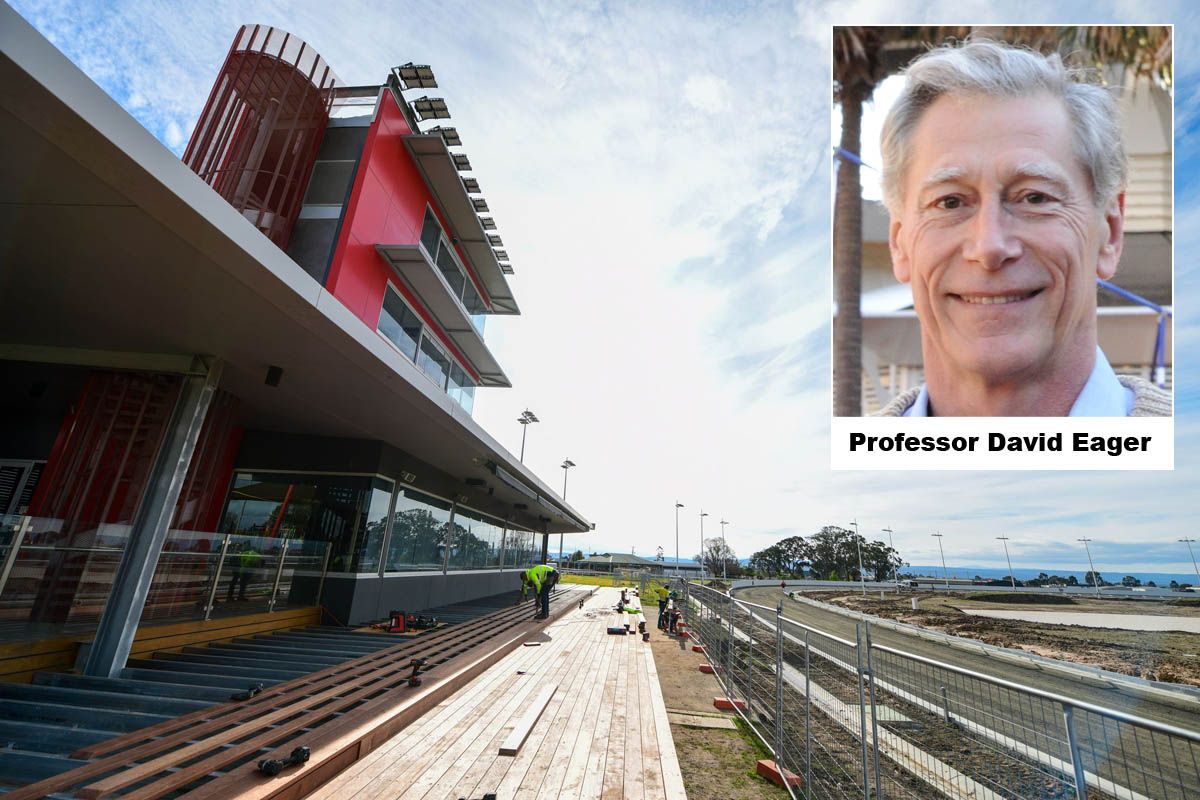Increasingly as a society we are being urged to “believe the science” – whether it be climate change or Covid-19 vaccinations.
But there is no more evidence of the belief in science than Greyhound Racing Victoria’s commitment to racing safety and welfare with its world-first, J-Curve track at Traralgon.
When the first greyhounds chase the Safechase Lure around the new track later this year, the punters will not know how much detail has gone on behind the scenes of this unique track.
In 2018 GRV and the Traralgon Greyhound Racing Club closed the track indefinitely after a detailed investigation found on-going drainage issues had compromised the safety of the track. Multiple designs were developed with the aim of building the safest possible track.
That’s where Professor David Eager and his team of biomechanical specialists from the University of Technology Sydney (UTS) came in.
David Eager is Professor of Risk Management and Injury Prevention at UTS. He is also an internationally recognised expert on the safety aspects of trampolines, playgrounds, play surfacing, and sports and recreation equipment.
Prof. Eager’s world is all about risk – that is the analysis, evaluation and assessment of risk.
“There is risk in everything from AFL football, children’s playgrounds, finance and banking and greyhounds,” Prof. Eager said.
“But the outcome is all about the tolerability to risk.”
Prof. Eager first got involved in the greyhound industry when, in 2015 he was invited to submit a submission for a grant to study the safety and welfare of greyhounds.
It is over those years that he and his team have built computer models, using Artificial Intelligence, to simulate racing dogs and the dynamic effects such a race congestion on various track configurations.
In particular, the forces the greyhounds experience as they accelerate from 0-70 kms/ph in less than one hundred metres.
To build these models, Prof. Eager has used the university resources from different engineering disciplines to achieve optimum safety.
And it’s the use of these many disciplines which combine to enable track surfaces and sweeping bends, such as Traralgon, to develop peak racing surfaces.
